Art is the daughter of freedom
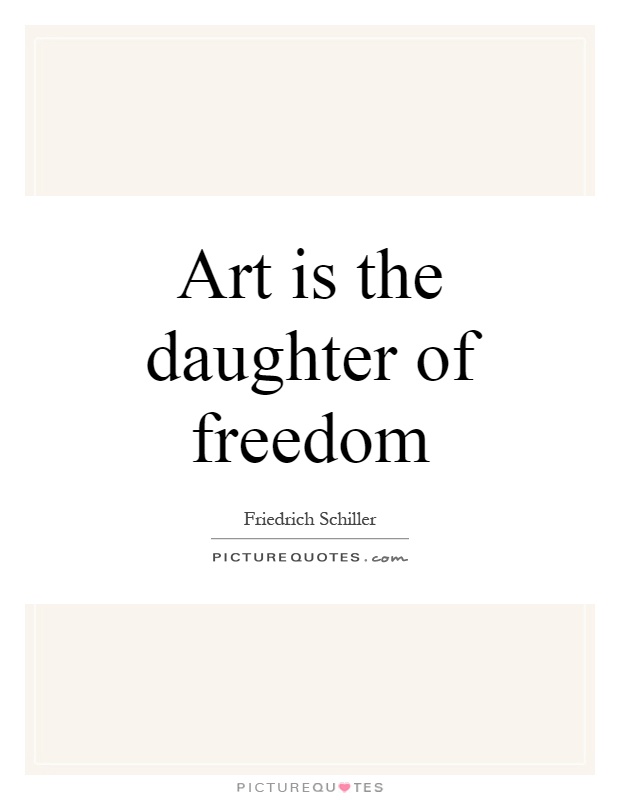
Art is the daughter of freedom
The quote "Art is the daughter of freedom" is often attributed to the German philosopher Friedrich Schiller, who was a prominent figure in the Romantic movement of the late 18th and early 19th centuries. Schiller believed that art was a powerful force that could inspire and uplift humanity, and that it was intimately connected to the concept of freedom.For Schiller, freedom was not just a political or social ideal, but a fundamental aspect of human nature. He believed that true freedom could only be achieved through the cultivation of the individual's aesthetic sensibilities and creative potential. In his famous essay "On the Aesthetic Education of Man," Schiller argued that art had the power to transcend the limitations of reason and logic, and to connect us to a higher, more spiritual realm.
According to Schiller, art was the purest expression of human freedom because it allowed us to break free from the constraints of everyday life and tap into our innermost thoughts and emotions. Through art, we could explore the depths of our own consciousness and connect with the universal truths that bind us all together.
Schiller believed that art had the power to transform society by inspiring people to think and feel in new ways. He saw art as a force for social change, capable of challenging the status quo and opening up new possibilities for human expression and creativity. In this sense, art was the "daughter of freedom" because it was born out of the human desire for self-expression and self-realization.
In today's world, Schiller's ideas about the relationship between art and freedom are more relevant than ever. In an age of increasing political and social polarization, art has the power to bring people together and bridge the divides that separate us. By encouraging us to see the world through different eyes and to empathize with others, art can help us to break down barriers and build a more inclusive and compassionate society.

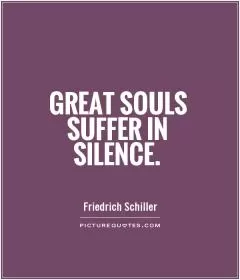
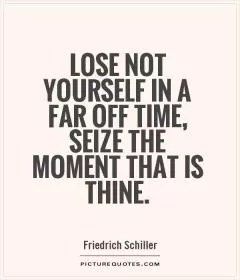

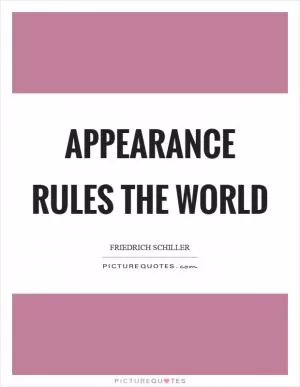

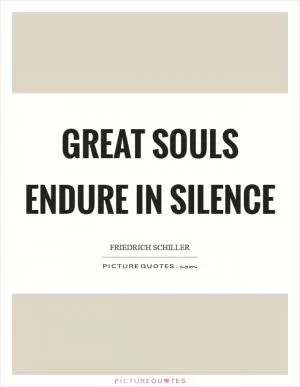

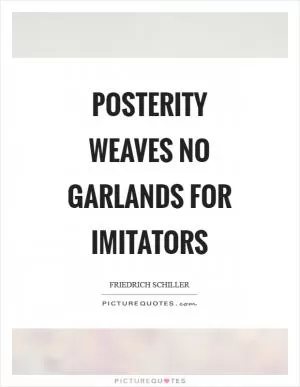



 Friendship Quotes
Friendship Quotes Love Quotes
Love Quotes Life Quotes
Life Quotes Funny Quotes
Funny Quotes Motivational Quotes
Motivational Quotes Inspirational Quotes
Inspirational Quotes